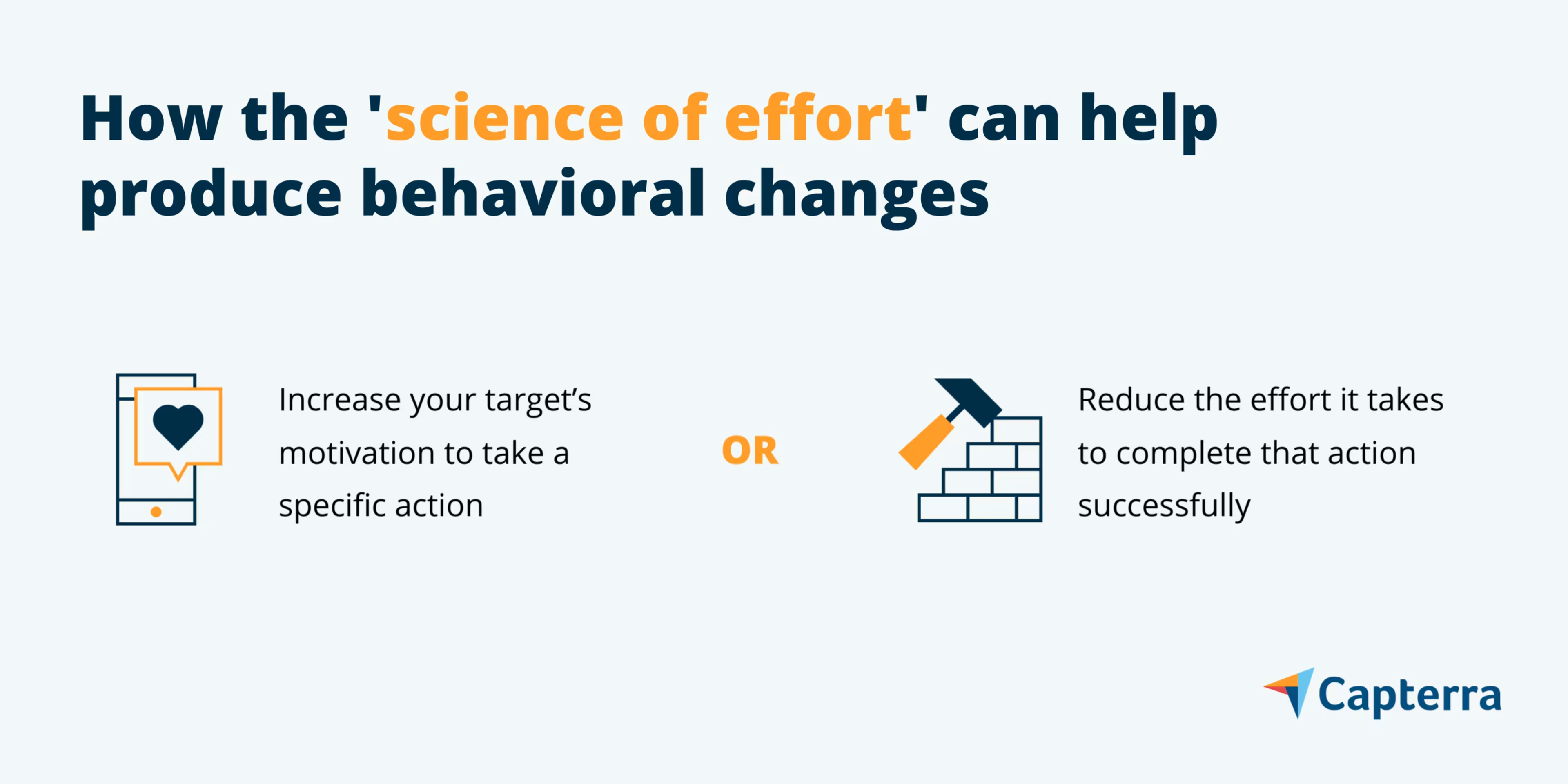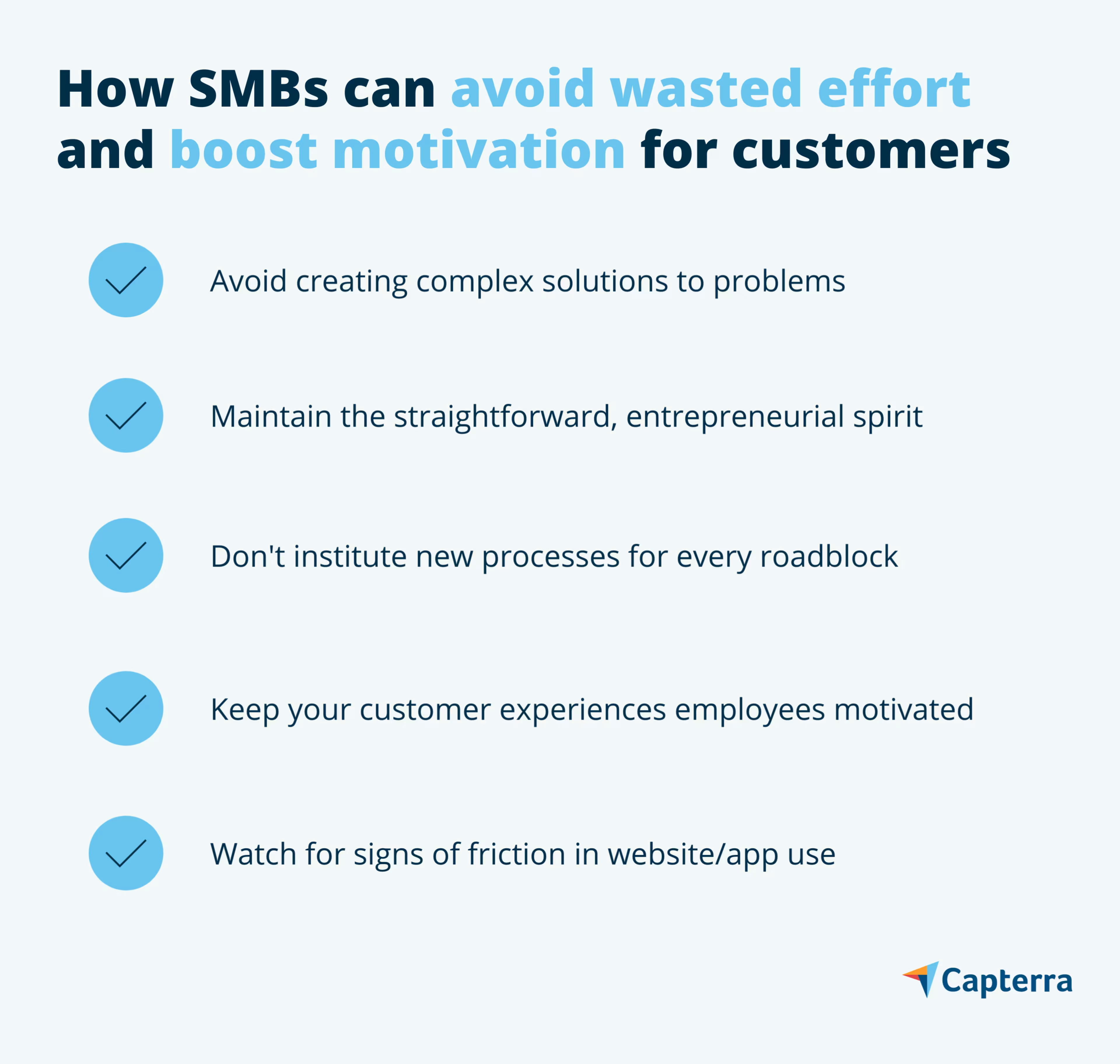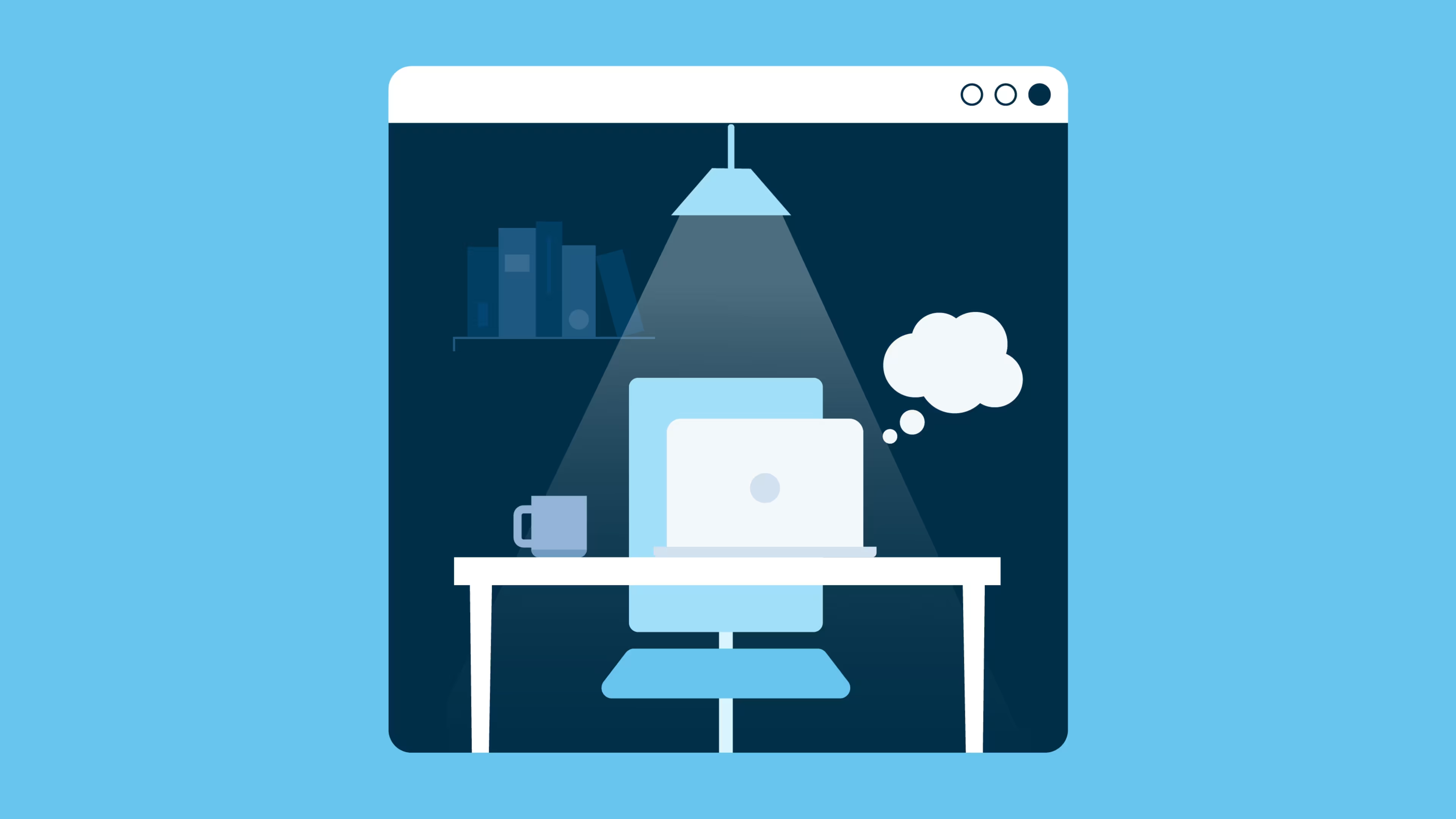Capterra interviews Roger Dooley on the science of attracting customers & engaging employees.
If you're an HR manager seeking to boost employee engagement, or a business owner striving to nurture customer loyalty, you should know that these two goals are interdependent.
The key to achieving both is understanding that satisfied, motivated employees are more likely to produce better work and then provide better experiences for your customers.
Roger Dooley, international keynote speaker and author of bestselling books on neuromarketing, delves into practical applications of the “science of effort,” and how to use its concepts to boost both employee and customer experiences. Small and midsize businesses leaders have the advantage of being closer to their workforce, thus being able to better motivate employees and adapt more quickly to reduce roadblocks, or friction.
Employee engagement directly impacts customer outcomes
What drives customer loyalty? Conventional wisdom says personalized experiences coupled with emotional appeals.
But whether your employees are fully engaged is even more important. A team that is not engaged is unlikely to deliver exceptional customer experiences—people who are more passionate about their work are more persuasive, and more credible. If your employees are tuned out, your customer outcomes aren't going to be as good as they could be.
“People who are passionate about whatever they're talking about are more persuasive, more credible. So if your employees are just sort of tuned out, they're not going to be that, and your customer outcomes aren't going to be as good, either.”


Roger Dooley
Author and keynote speaker
How small businesses can leverage the "science of effort"
Dooley incorporates a behavioral science principle he calls “the science of effort” to help businesses create experiences that build employee engagement and thus boost customer loyalty.
The main precept of the science of effort focuses largely on engagement: To produce behavioral changes in your organization or market, you must either increase your target’s motivation to take a specific action or reduce the effort it takes to complete that action successfully. If employees or customers possess a tremendous amount of motivation, they may tolerate completing a task that requires a great deal of effort.

However, if a process is too complex or requires too much effort—say, purchasing an item from an online retailer involves 20 separate steps and multi-factor authentication—insufficient motivation will cause customers to abandon it.
The mistake most businesses make is concentrating solely on motivation. But motivation and effort exist at opposite ends of a spectrum.
“The more effort something takes, the more motivated the person has to be to want to do it.”
Roger Dooley
Author and keynote speaker
“But we often ignore that. And we keep trying to push that motivation lever. Enough customers aren't buying our product. So we try to motivate them with more advertising, we hold sales, and offer discounts.”
The same thing goes for employees. Dooley says we try to push our salespeople to work harder with contests and commissions and to inspire our other employees to be more productive with bonuses and other incentives. Instead, we should work to make their jobs easier for them. We'd be more successful at engaging them.
According to Capterra’s 2023 Employee Benefits Survey, 59% of workers ignore the approved process for a routine task because they feel their own process is faster or more efficient.*
Dooley points to the expense-reporting process for his own startup company that he sold to a larger company. It was transformed from simple to extraordinarily cumbersome by requiring employees to fill out long forms and attach paper receipts for everything they spent when traveling. Even a $2 cup of coffee had to be accounted for.
“This struck me as crazy because it wasn’t due to a legal requirement, but because the business lacked trust in the honesty of their people,” says Dooley, who said this negatively impacted employees’ productivity as well as their attitudes toward the company—which inevitably impacted the experiences employees delivered to customers.
Requiring too much effort is a source of friction
Recently, Dooley has been focused on wasted effort, which he calls friction, as a major problem both in customer and employee experiences.
“It can be very demotivating,” he says. “You need to show people that you trust them, their judgment, that they will do things as they're expected, and that they'll do those things honestly and competently.”
By doing this, their motivation level goes up, and so does their engagement, Dooley says.
On the customer side, friction is anything that detracts from the overall experience. For years, professionals called “conversion optimizers” have said that if you want to get more people to place orders on your website or to become active leads in your system, you've got to make it as easy as possible.
“Amazon is the ultimate master of making things easy,” says Dooley. “They patented one click ordering and they defended that patent to the tune of millions of dollars and years in court simply so they could have one tiny little click advantage over their competition.”
How to mitigate friction
The best way to fix friction is simply by elimination. Dooley believes that’s much better than attempting to automate overly complex processes.
Sources of friction are everywhere. Everyone is familiar with the most common digital form of it: websites with complicated access requirements, such as two-factor authentication when it’s not truly needed. Interfaces can be confusing, and forms can have too many fields to fill. The more fields you add, the fewer people are going to complete that form.
The more you look for friction, the more acutely you train your brain to find it in the experiences you are giving your own employees and customers, says Dooley.
“I've had that realization where I was frustrated by a website, and then realized, ‘Oh, wait a minute. My website does this, too.’”
Roger Dooley
Author and keynote speaker
Packaging is one huge source of friction. After complaints from customers, Amazon came up with frustration-free packaging in the form of cardboard boxes you could open with your bare hands with minimal risk of injury. They are also better for the environment.
“And the surprising thing was that not only do people like the packaging better, they like the products packaged that way better,” says Dooley.

Smaller businesses have an advantage over larger enterprises when it comes to the science of effort. Larger organizations have typically developed too much organizational red tape and too many protections and safeguards against things going wrong, where SMBs have the advantage of not having too many bureaucratic procedures.
It’s key to avoid putting that kind of complexity in place. Maintain the entrepreneurial spirit of keeping things simple. Don't institute a process every time something bad happens.
“Figure out if there's a better way than putting a complex process in place that's going to affect every employee or every customer,” says Dooley.
Beyond that, keep your eye on both customers and employees for signs of friction. You don't need to bring in a costly consulting firm to analyze your processes. Just observe how people are using your website and mobile apps.
“Ask real people where they're getting stuck,” says Dooley. “Where they are struggling. And these have to be regular people. Not professional testers or focus groups.”
What tools can help you predict customer behavior?
The science of effort is just one concept within neuromarketing. Neuromarketing emerged primarily as the domain of big brands and big companies looking to see how consumers react to advertising and messaging and using those insights to inform their strategies.
“If BMW is going to run a Super Bowl ad costing millions of dollars, investing even $100,000 in neuromarketing studies would be considered a reasonable expenditure,” says Dooley.
But of course, smaller companies can't spend even a fraction of that to evaluate whether a marketing message might or might not fly.
In the early days of neuromarketing, MRI machinery or complicated—and heavy—headsets were required to get the necessary data. These days, it's a lot simpler and the tools are better, easier to use, and much less expensive. But the objective of neuromarketing is still the same: To understand people’s nonconscious motivations and behaviors and predict how they might react to products, ads, or new processes or procedures.
"Often, businesses expect people (employees and customers) to behave logically, like robots,” says Dooley. “But that’s not the way humans work.”
And today, tools like smartphones, smartwatches, fitness trackers, the Internet of Things, and other devices can give real-time readouts on how people react emotionally to marketing initiatives. Many tools can tell you how people relate to specific pieces of content on your website. There are facial coding tools and eye-tracking apps via webcams or device cams.
“The great part is, these are all cheap,” says Dooley. “Secondly, people forget about them. And as a result, you get very inexpensive but also very good data about how genuinely engaged people are with your marketing.”
The tool that’s best for you is whatever works for your particular situation. “When choosing software, look for ease-of-use,” says Dooley.
Talk to current users. Was there a huge learning curve to get started, or was it fairly intuitive? When you bring in someone new, how long is it going to take to get that person up to speed?
If you’re considering a customer relationship management system, can you target customers effectively? Can you personalize your outreach? “The issue with most software is that it's so cumbersome that people don't use all the features or use them properly,” Dooley says.
Boost employee engagement and build stronger loyalty
The tip for SMBs looking to boost employee engagement and build stronger loyalty with customers is to look at the interplay between motivation and effort, and focus on any friction you detect. When trying to get someone to do something, whether a customer or employee, think about how you can make it easier to do.
“Ask your frontline employees, what do customers complain about? And don't just ask,” urges Dooley “Listen and act.”
And then the second question to query employees about is, “How can we make your job easier?”
“I don't think I ever had a manager ask me that,” says Dooley. “It was always, ‘How can we make you more productive? How can we get more out of you?’ That is the wrong approach."
But when you start fixing things, when you go for quick wins and show your people that you are serious about fixing friction points—whether in their own experience or the customer’s—they will find more and more. “You'll be creating an entire team of friction hunters in your company,” says Dooley.
For more reading on customer service, check out the following pieces:
